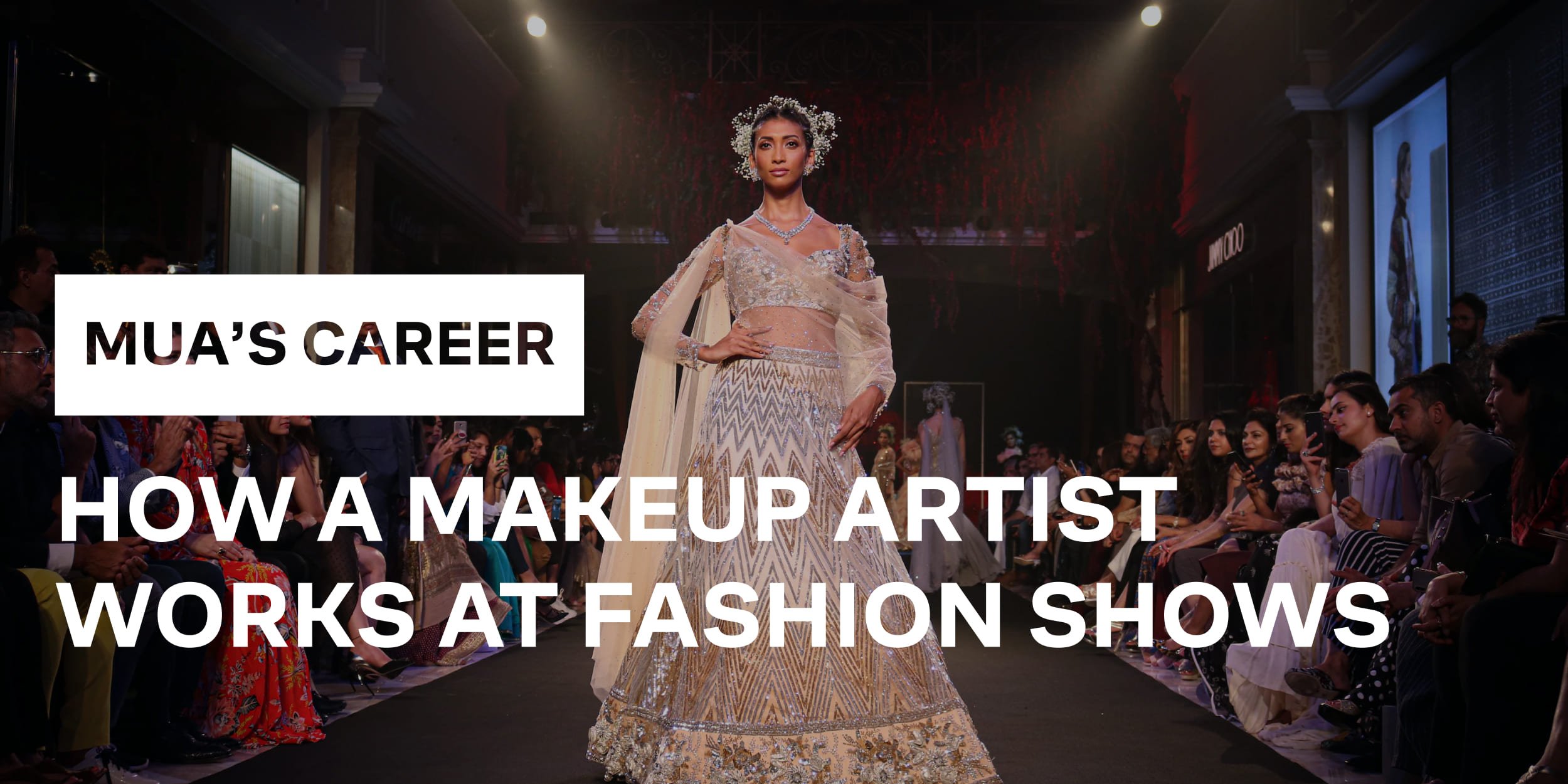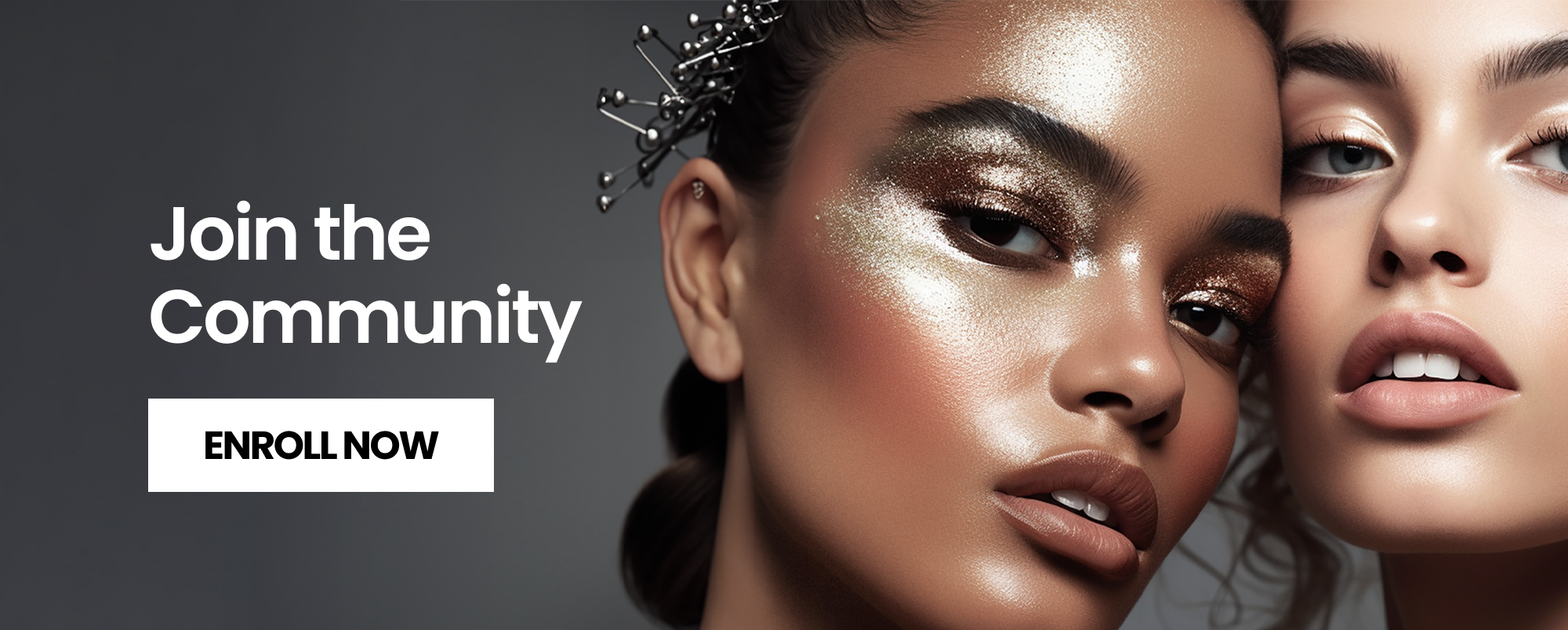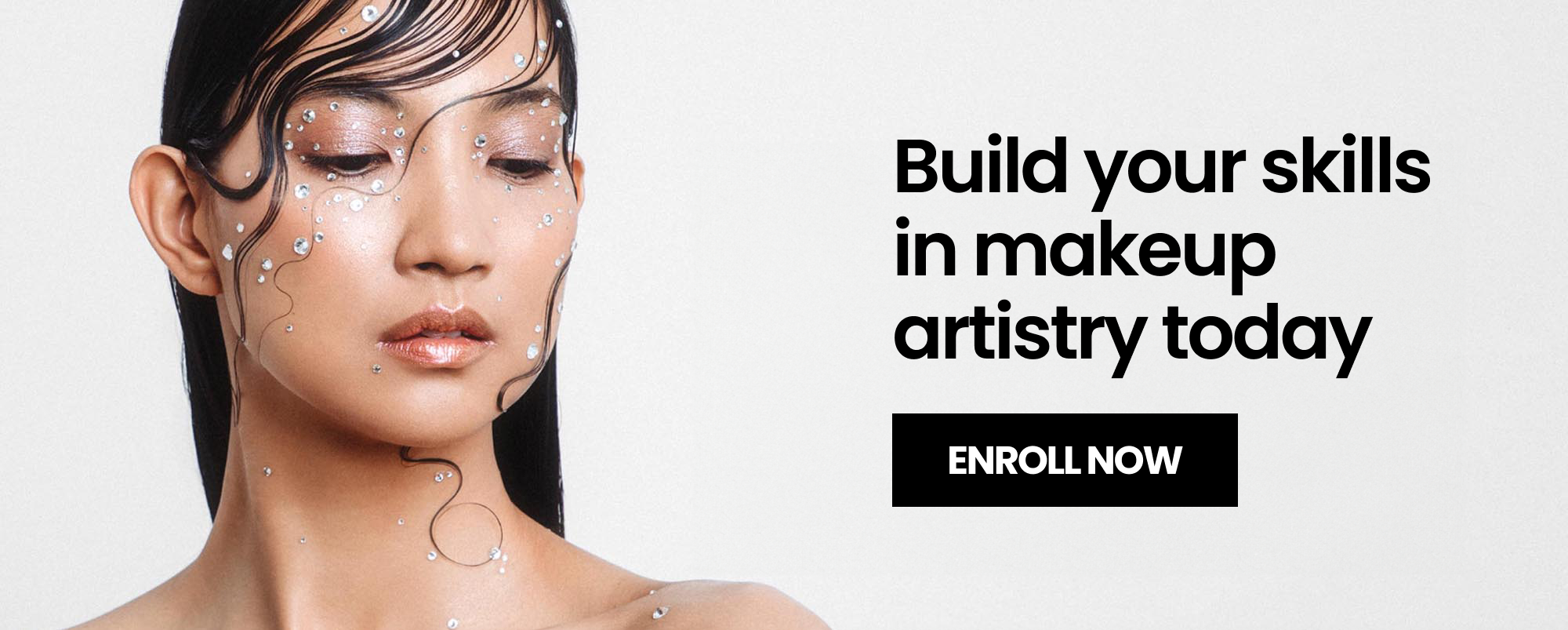How a makeup artist works at fashion shows
One of the main working milestones for most makeup artists – is the opportunity to work in the fashion industry, specifically to prepare models for the runway at fashion shows.
A fashion show provides plenty of media related opportunities to add to your portfolio. These events will have hired photographers and videographers recording every aspect of the show, both on the runway and behind the scenes, with many, interviewing the lead makeup artist prior to the show as behind the scenes of the “runway inspiration” and mood of the show. The role of a makeup artist is becoming increasingly important to translate the overall image and look of the fashion show. It is not enough to make the model simply beautiful; the makeup artist should be able to discuss with the designer their vision of fashion, its current trends and styles, and the inspiration behind the season and collection. This is where the seasonal looks are created and “street fashion” inspiration is formed!
The images in which models enter the catwalk are the result of the work of not only designers who present new collections, but also a huge team of stylists and makeup artists who complement their clothes with suitable hairstyles and makeup, translating the designer’s vision into the next season’s coveted look.
In world capitals, famous brands work with a team of masters led by famous makeup artists like Pat McGrath, Peter Phillips, Diana Kendal, Dick Page, Tom Pecheux, and more top artists. Young designers turn to agencies that assemble a team of not so famous, but promising stylists, usually fronted (or sponsored) by a makeup brand who wants advertising placement during the show. For several days before the show, the designer, often with a show stylist, invites the lead teams to a “hair and makeup test”, where they get together to tell the idea of the collection, the mood that the designer wants to convey and what he would like to see on the faces and hair of the models. These stylists then begin to work on the idea and come up with several options during the hair and makeup test that is then selected by the designer’s team for the final look. Makeup tests do not necessarily have to be performed on the model that you will be using for the show; at times an intern or assistant will take the place of the model, if a model is not available due to other castings. Ideally, you will have one of the models who have been cast for the show - there is a reason models have become models: they show better makeup on themselves and from their experience can vocalize their perspective on if anything feels off to them as well. If this is your first time working with a designer, carefully study his style and work. This will give you an idea of the aesthetic focus of previous shows.
Once the final image is approved, take a photo and clearly document all products used and their applications with a face chart. Be sure to provide everything that will be required for the team to create this look, and add specific details to the face chart all the means indicating the color, location on the face and other information. If you are the lead makeup artist, you will need to find a team of makeup artists to help realize this vision for the show. Find out how many models will be participating in the show, and hire assistants for at least every two or three models.
On the day of the show, the entire team is assembled. The preparation for the looks is given from 3 to 5 hours (keep in mind, this is for the entire production - there will be dressing/fittings, last minute changes, runway rehearsals, etc). The main makeup artist does the demo makeup (the same as the previous makeup test), shows the concept of which products to use and what are the main objectives of the look. The task of the team and each makeup artist in it, is to make a copy of the makeup, replicate the look and in some cases adapt the makeup to the model’s face, without losing the basic concept.
The show is a production that the designer’s team has invested a lot of time, money, and artistic energy towards - there are always a lot of people that will attend these shows. Workers finish mounting the runway, put out the light, test the sound, design assistants solve some organizational issues. Stylist assistants lay out the accessories and shoes, steam clothes, etc. A makeup artist prepares an average of 3-5 models. You need to work quickly, cleanly, and consistently as a team.
When the bulk of the models are ready, they go to dress for the first look. The main makeup artist looks at all the models, how they look dressed, with makeup and hairstyle, and there will be last minute touch up requests, if needed. Makeup artists powder, apply cream on the body and legs, gloss over bruises, and color lips. The rush begins! The designer also looks at their collection, and before you know it - the show has begun. Backstage usually has a monitor on which you can see what is happening on the runway. When the model returns backstage, they will change quickly, makeup artists check the makeup, hair stylists fix the hair, and the model will go back in line before their next exit or in some cases will need to immediately run back on the runway!
If your dream is to work on fashion weeks, you just need to get started - connect with events in your area and offer your assistance! Fashion shows are an exciting time, but take a lot of experience, practice, hard work, and efficiency - you are an asset to the team and need to be ready for anything that comes your way; Online Makeup Academy will help you with this - and you will gain the experience and mentorship needed in our Master Makeup Artist course or Advanced course, where runway beauty is a main focus on building your brand and portfolio. Let’s get to it!



